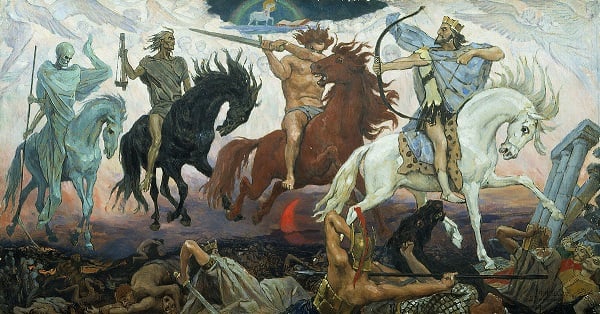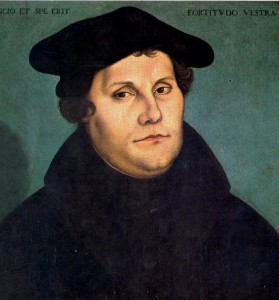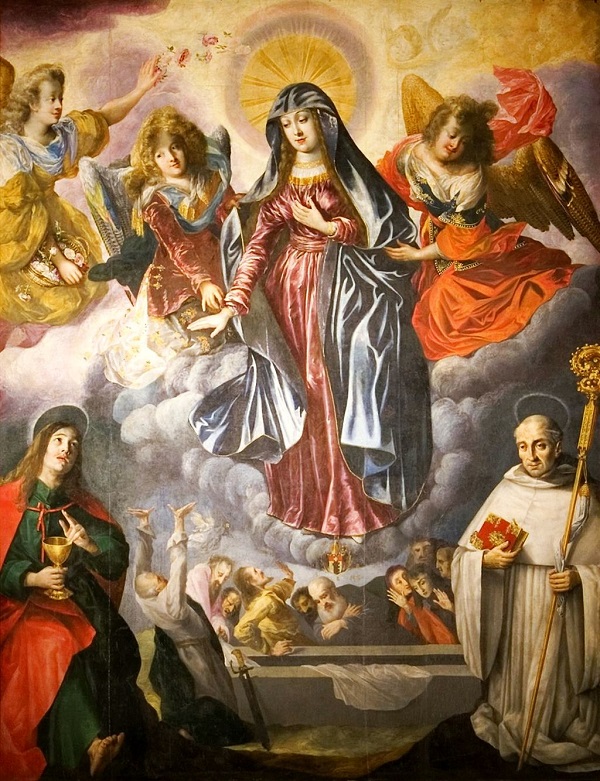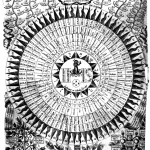Nestorianism – Nestorius, bishop of Constantinople, and his followers believed that divine and human persons remained separate in the incarnate Christ. For their adherence to this doctrine, they were ecclesiastically condemned in 431. The Nestorian church, which then separated from Byzantine Christianity, centered in Persia and survived chiefly in Asia Minor.
Monophysitism – The Monophysites held the anti-Chalcedonian doctrine that Christ’s nature remains altogether divine and not human, even though he has taken on an earthly and human body with its cycle of birth, life, and death.
In June 431, a council was convened at Ephesus to deal with the Nestorian doctrine of the person of Christ. The councils of Nicaea and Constantinople had asserted the full divinity and the real humanity of Christ; but they stopped short of explaining the manner of their union.
Two Natures in One Person – How, then, could there be a perfect union of two complete and distinct natures in one person? This was the question which faced the bishops at Ephesus.
- The Apollinarians answered this dilemma by asserting that Jesus was not truly human: they substituted the divine Logos for the human nature of Jesus, thereby detracting from his humanness.
- Nestorianism, on the other hand, denied the unity of Christ’s person by affirming that the divine Logos dwelt in the man Jesus as in a temple, and that the union of the two was in respect of dignity. Furthermore, Nestorianism attested that since the Logos could not have been born, to call Mary the “God-bearer,” the mother of God, was absurd and blasphemous.
- The Alexandrians, led by Cyril, stood for the “monophysite” doctrine of the perfect union of two complete natures in one person, and emphasized devotion to the Theotokos, the God-bearer or “Mother of God.”
Fueling the fires of this theological controversy was the rivalry of the two patriarachates, Alexandria and Constantinople. Both cities aspired to primacy in the East. As bishop of Constantinople, Nestorius looked to the emperor for support; while Cyril turned to Rome.
The Ephesian council of 431 condemned Nestorius’ doctrine and declared him excommunicated and deposed. Cyril, his rival, saw in this action the Church’s declaration of support for the “monophysite” Christology.












